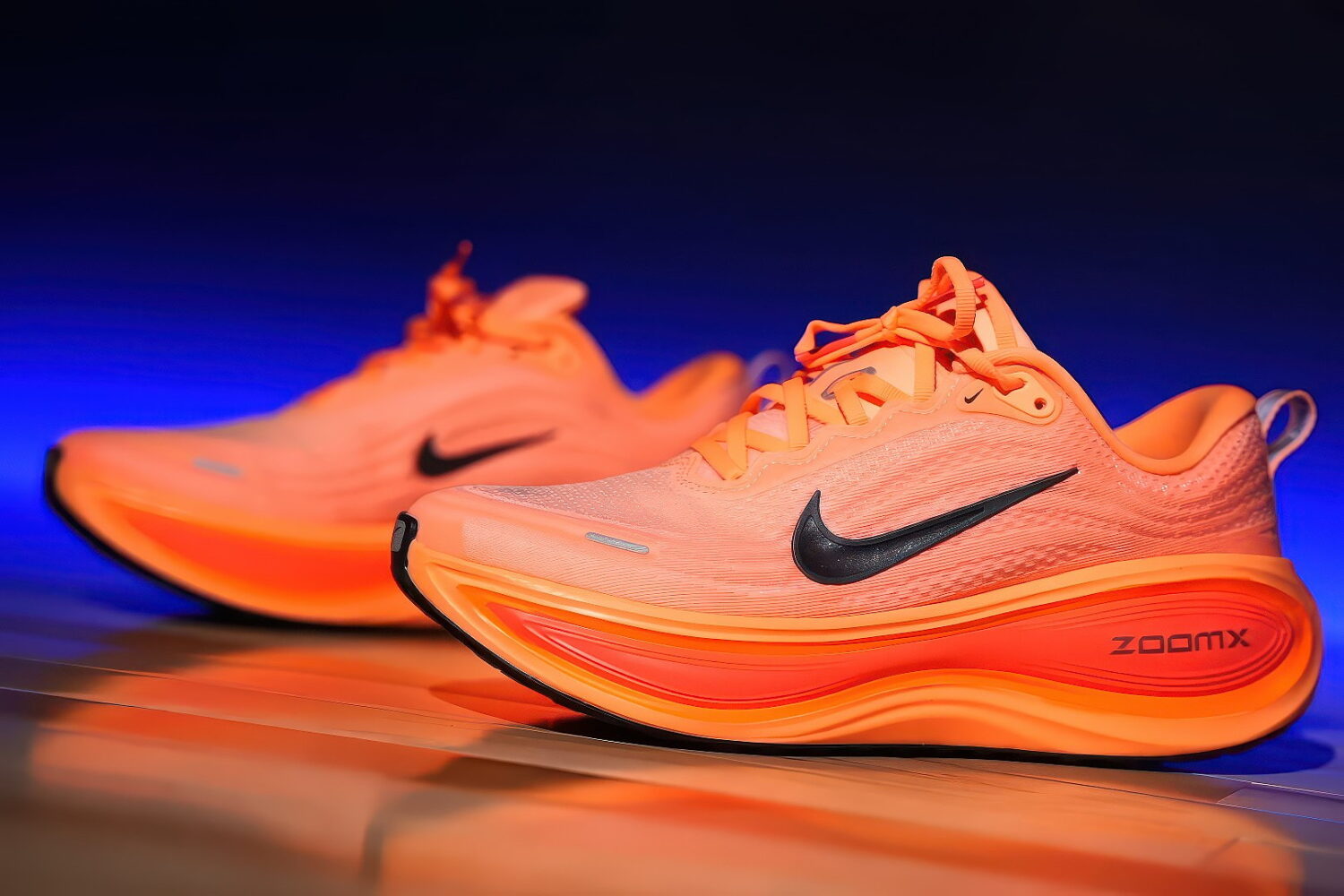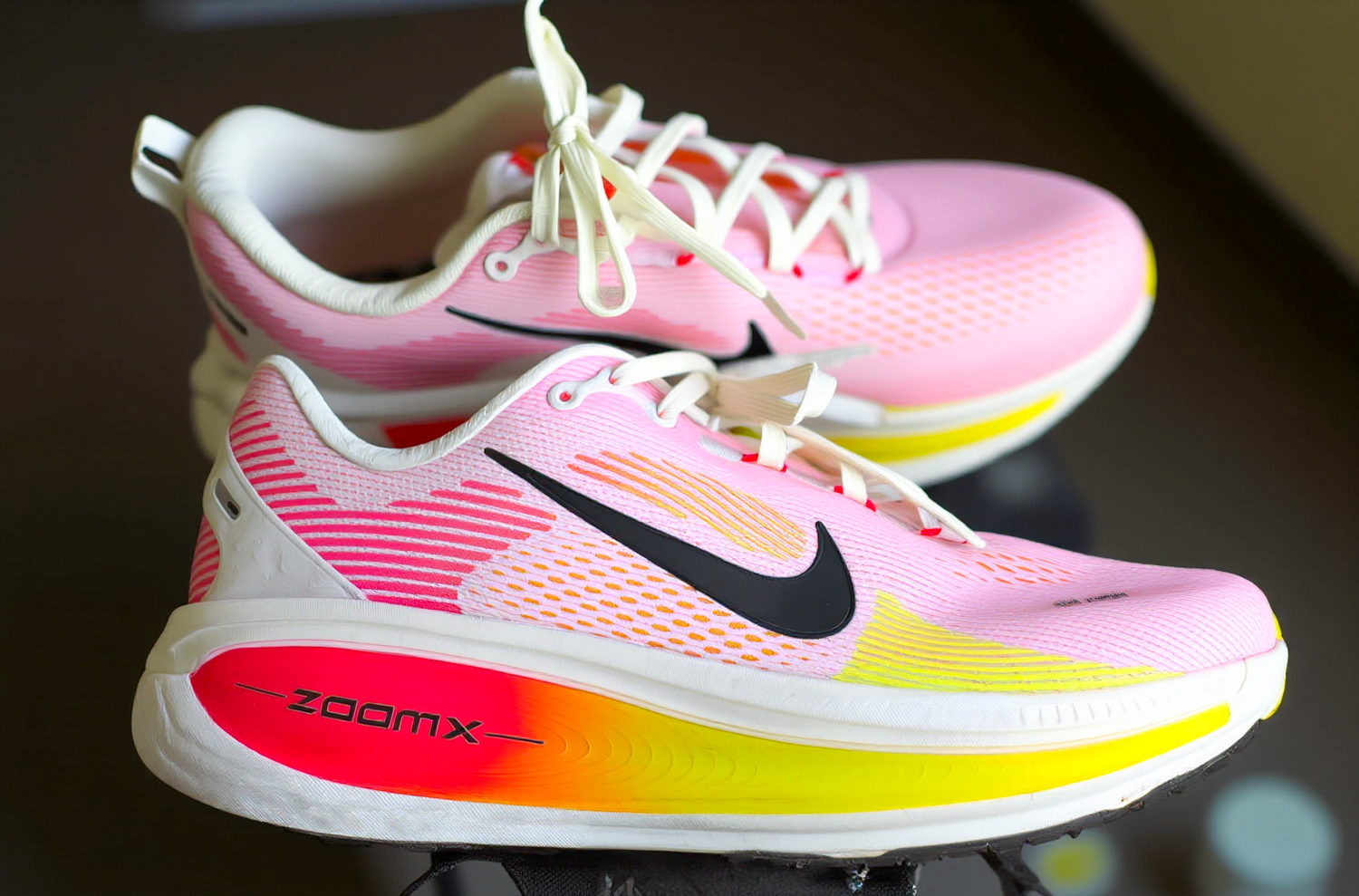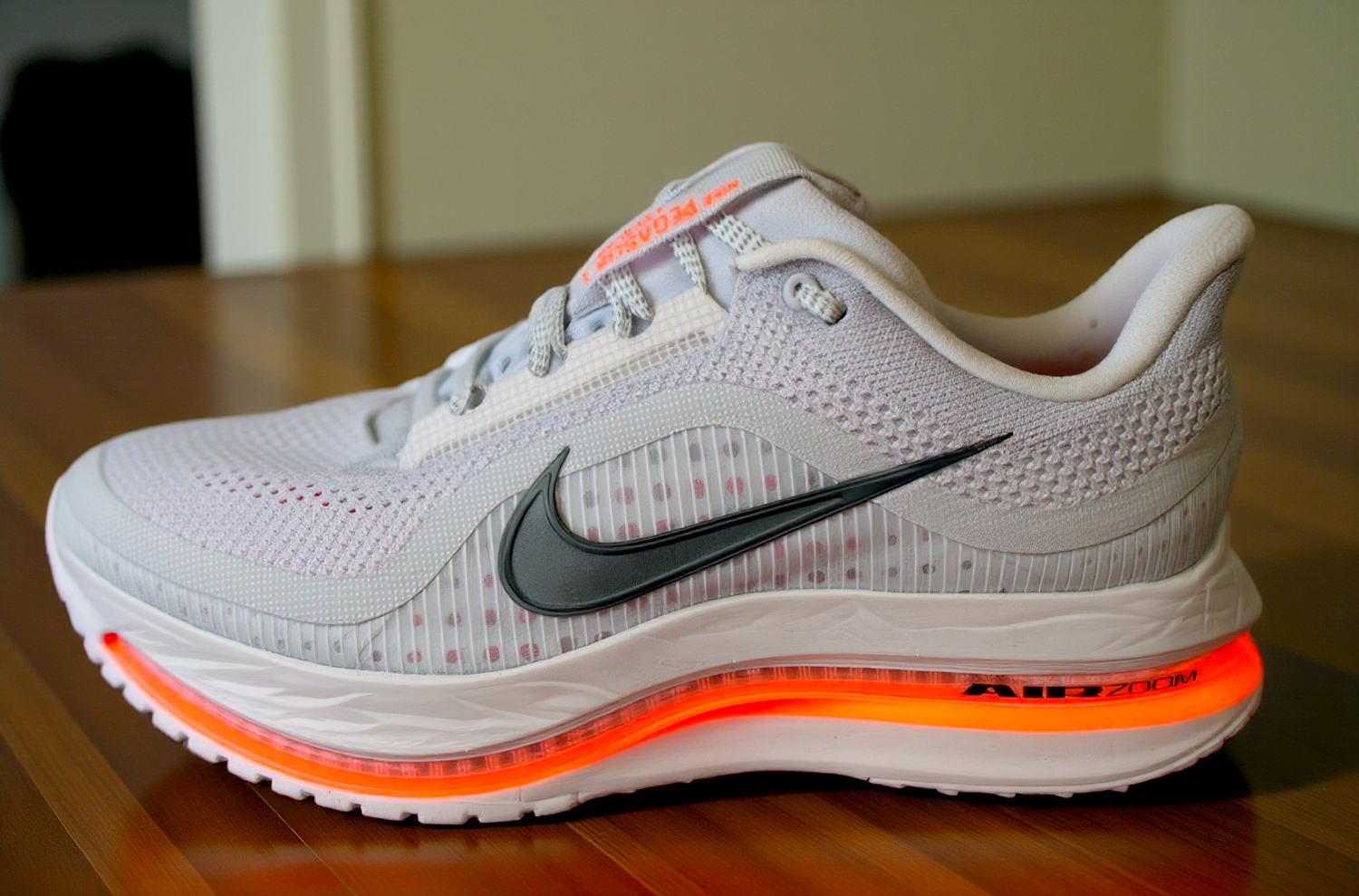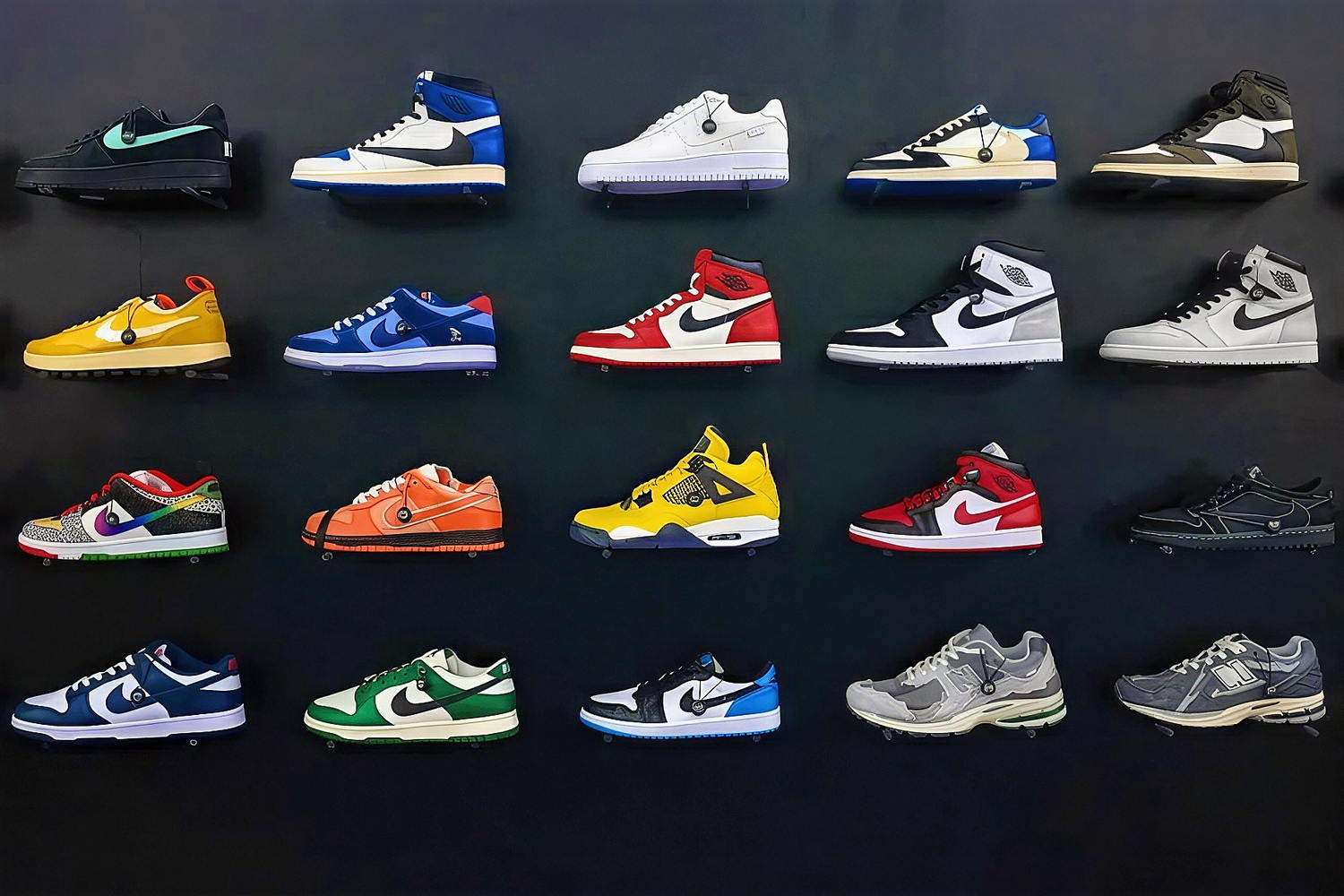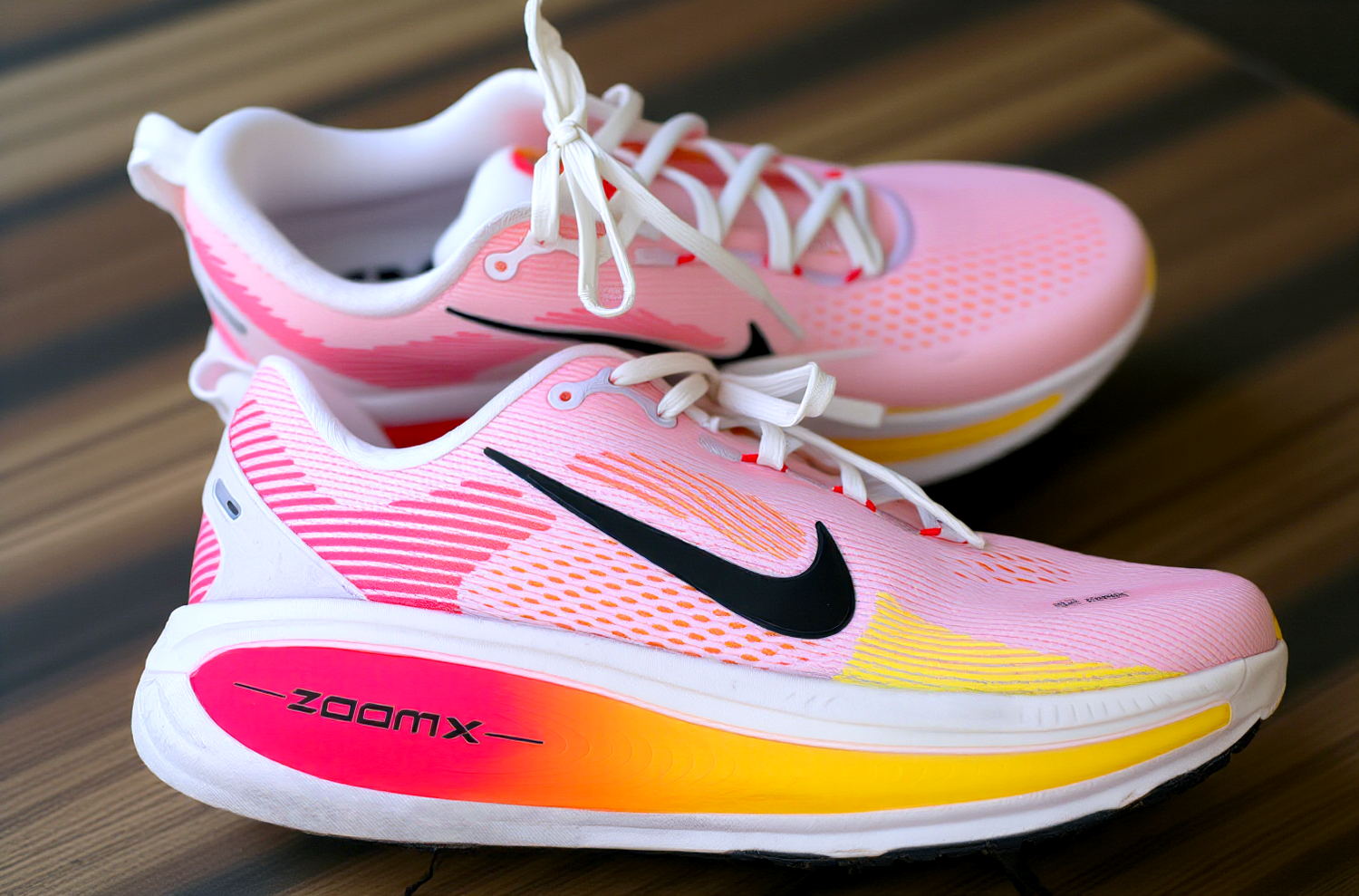Nike Vaporfly Next% 4: A Comprehensive Review of the Latest Carbon Plate Running Shoe Revolution
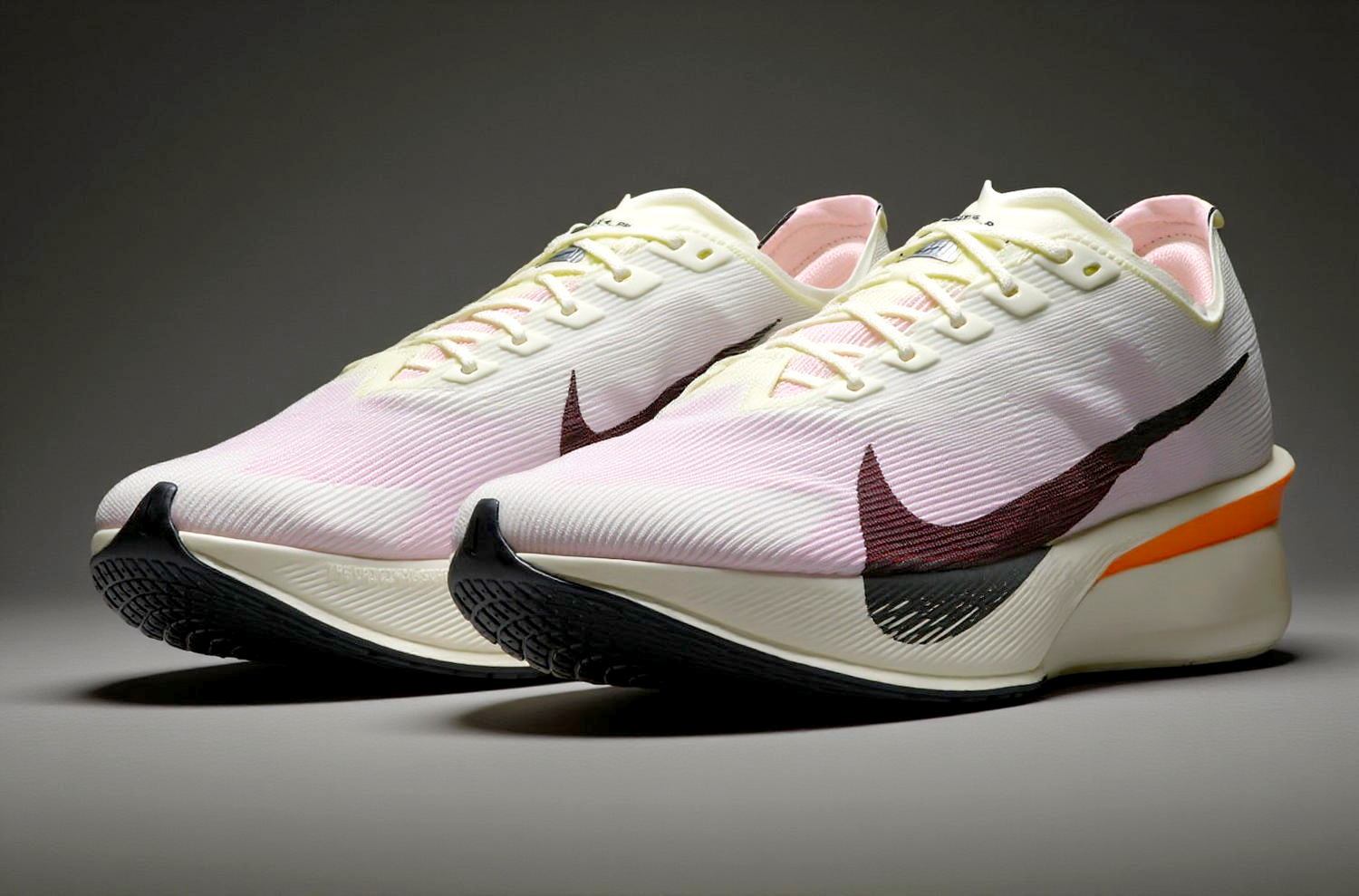
The running shoe industry has undergone a seismic shift over the past decade, with Nike leading the charge through innovative designs and groundbreaking technology. From the debut of the Vaporfly 4% in 2017 to the latest Vaporfly Next% 4 in 2025, Nike’s carbon plate running shoes have redefined performance standards for elite athletes and casual runners alike. In this in-depth article, we’ll explore the evolution of Nike’s iconic Vaporfly line, analyze the Next% 4’s design and performance, and assess its place in today’s competitive running shoe market. Whether you’re a marathon enthusiast or a casual jogger, this review offers a detailed look at what makes this shoe tick—blending objective data with real-world running insights.
🌟 The Rise of Nike’s Carbon Plate Legacy
Nike’s journey into the carbon plate era began with a bold statement: the Vaporfly 4% in 2017. This shoe wasn’t just a product—it was a revolution. Featuring a carbon fiber plate embedded in a thick layer of ZoomX foam, it promised a 4% improvement in running economy, a claim that quickly turned heads. Elite runners adopted it en masse, and the results spoke for themselves: personal bests shattered, national records fell, and the running world took notice.
🚀 From Vaporfly 4% to Next%: A Timeline of Innovation
- 2017: Vaporfly 4% Debut
The original Vaporfly 4% introduced the world to carbon plate technology paired with Nike’s lightweight ZoomX foam. Weighing approximately 187g (6.6 oz) for a men’s size 41, it set a new benchmark for marathon racing shoes. - 2019: Vaporfly Next% Release
Building on its predecessor, the Next% refined the formula with a more durable outsole and improved upper comfort. That same year, Eliud Kipchoge wore a prototype Alphafly to break the two-hour marathon barrier—an unofficial but historic 1:59:40 over 42.2km (26.2 miles). - 2021: Peak Dominance
At Japan’s prestigious Hakone Ekiden relay race, Nike’s carbon plate shoes achieved a staggering 95.7% wear rate among runners. The lineup included five pairs of Vaporfly and five pairs of Alphafly, cementing Nike’s dominance in competitive running. - 2022: Alphafly 2 and a New World Record
Kipchoge returned in the Alphafly 2, setting a new official marathon world record of 2:01:09 in Berlin. However, cracks began to show as Nike’s wear rate at Hakone started to decline. - 2025: The Next% 4 Arrives
Launched on January 9, 2025, the Vaporfly Next% 4 aims to reclaim Nike’s throne. But with competitors like Adidas and Asics gaining ground, does it deliver? Let’s dive into the details.
🏃♂️ Vaporfly Next% 4: Design and Technical Breakdown
The Vaporfly Next% 4 is Nike’s lightest marathon racing shoe to date, clocking in at an astonishing 160g (5.6 oz) for a size 41. But lightweight design often comes with trade-offs. Here’s a comprehensive look at its key features.
🛠️ Lightweight Construction: A Double-Edged Sword?
- Weight Comparison
The Next% 4 shaves off significant weight compared to its predecessors: - Vaporfly Next% 2: 187g (6.6 oz)
- Vaporfly Next% 3: 179g (6.3 oz)
- Alphafly 3: 196g (6.9 oz)
At 160g (5.6 oz), it’s a featherweight contender. But how does it stack up against the competition? - Adidas Adizero Adios Pro Evo 1: 125g (4.4 oz)
- Li-Ning Dragon Sparrow: 86g (3 oz)
- 361 Degree Miro Nude 106g (3.7oz)
- Qiaodan QingHong 93g (3.3oz)
- DynaFish 137g (4.8oz)
- Anta G9: 155g (5.5 oz)
- While Nike holds an edge over many top-tier carbon plate shoes, ultralight options from Li-Ning and others raise the question: is lightweight alone enough?
- Midsole Trade-Offs
To achieve this weight, Nike thinned the midsole compared to the Next% 3 and Alphafly 3, which adhere closer to the World Athletics’ 40mm stack height limit. A thicker midsole typically offers better rebound and durability, but the Next% 4 prioritizes agility over cushioning longevity.
🦶 Midsole and Carbon Plate Dynamics
- ZoomX Foam
Nike’s proprietary ZoomX foam remains the heart of the Vaporfly line. Known for its high energy return, it’s paired with a carbon plate to enhance propulsion. However, the Next% 4’s foam feels less aggressive than competitors’ latest offerings, like Asics’ Superblast foam or Li-Ning’s Boom technology. - Carbon Plate Design
The Next% 4’s carbon plate is slimmer and less rigid than the Next% 2’s, with a noticeable softness on the outer edges transitioning to firmness on the inner side. This design aims to optimize running economy with an 8mm drop, but testers note it lacks the explosive “pop” of earlier models. - Hollowed-Out Heel
A large cutout in the heel reduces weight but compromises stability, especially for heel-strikers. Compared to the filled heel of the Next% 2 or the smaller cutout in the Next% 3, this bold move may alienate runners with a rearfoot landing style.
👟 Upper Comfort and Fit
- Flyknit Evolution
The Next% 4 upgrades to a softer, more breathable Flyknit upper, ditching the stiff overlays of the Next% 2. Perforations enhance ventilation, and a padded tongue improves lace-up comfort. However, some runners report heel slippage despite an extra eyelet for lockdown. - Competitive Context
While the upper is a step up from previous Vaporfly models, it’s not revolutionary. Brands like Li-Ning and Anta offer similar knit uppers at a fraction of the Next% 4’s $260 (approximately ¥1699 RMB) price tag.
🌍 Outsole: Grip and Durability
- Waffle Tread Upgrade
The Next% 4’s outsole features an enhanced waffle pattern, delivering solid traction on wet roads—a notable improvement over the Next% 3. Testing on sprinkled pavements confirms its slip resistance. - Durability Concerns
For heel-strikers, the thin rubber patch wears quickly, with an estimated lifespan of 500–600km (310–373 miles). Forefoot runners may see closer to 800km (497 miles), but it lags behind thicker-soled rivals like the Alphafly 3.
🏅 Performance Review: How Does It Run?
After logging nearly 40km (25 miles) in the Next% 4, here’s a firsthand breakdown of its real-world performance across various paces and conditions.
⏱️ Sweet Spot: 5-Minute Pace
- At a steady 5:00/km (8:00/mile) pace over 23km (14.3 miles), the Next% 4 shines. The heel offers a subtle softness (rated 4/10, where 1 is plush and 10 is firm), transitioning smoothly to a responsive forefoot.
- The lightweight build feels nimble, but the thin midsole limits cushioning depth compared to thicker options like the Alphafly 3.
⚡ Faster Paces: 4:30 and Beyond
- Pushing to a 4:30/km (7:15/mile) pace, the heel softness fades, and the forefoot takes over. The carbon plate provides a modest boost, but the foam compresses quickly, lacking the rebound of the Next% 2.
- At a 3:50/km (6:10/mile) lactate threshold pace over 10km (6.2 miles), the shoe bottoms out, causing foot fatigue and numbness—especially on pavement versus a softer track.
🛤️ Terrain and Stability
- On a rubberized track, the Next% 4 feels more forgiving than on asphalt, where its narrow midsole and hollow heel amplify instability on uneven surfaces or tight turns.
- The diamond-shaped midsole (wider at the top, narrower at the base) can dig into the arch, making it less ideal for runners with high arches or overpronation tendencies.
🎯 Who’s It For?
- Elite Runners (Sub-3:00 Marathon): The Next% 4 suits forefoot strikers chasing personal bests, though it lacks the all-out aggression of the Alphafly 3.
- Recreational Runners (3:30+ Marathon): Heel-strikers or those seeking durability may find it underwhelming compared to alternatives like the Saucony Endorphin Speed or Adidas Boston 12.
🌐 Nike’s Market Position in 2025
By 2025, Nike’s once-unassailable lead in the carbon plate race has eroded. At the Hakone Ekiden, Adidas surpassed Nike’s wear rate, and Asics—once absent from the event in 2019—now outpaces Nike among Japanese students. What’s driving this shift?
📉 Competitive Landscape
| Brand | Model | Weight | Key Feature | Price (Approx.) |
|---|---|---|---|---|
| Nike | Vaporfly Next% 4 | 160g (5.6 oz) | Lightweight ZoomX | $260 |
| Adidas | Adios Pro Evo 1 | 125g (4.4 oz) | Carbon rods | $500 |
| Asics | Metaspeed Sky Paris | 182g (6.4 oz) | Superblast foam | $250 |
| Li-Ning | Dragon Sparrow | 86g (3 oz) | Boom technology | $150 |
| Puma | Deviate Nitro Elite 3 | 175g (6.2 oz) | Nitro foam | $225 |
- Adidas: Carbon rods offer flexibility and rigidity, excelling in cornering.
- Asics: Superblast foam delivers plush rebound, gaining traction globally.
- Li-Ning: Ultralight designs with high foam expansion ratios challenge Nike’s weight advantage.
🔍 Nike’s Stagnation?
Nike’s ZoomX foam, a game-changer in 2019, hasn’t evolved significantly. Competitors have leapfrogged with higher rebound rates and innovative structures, leaving the Next% 4 feeling conservative. The reliance on Air cushioning and a lack of bold new features suggest Nike may be resting on its laurels.
💡 Final Verdict: Worth the Hype?
The Vaporfly Next% 4 is a solid training shoe for forefoot runners with sub-3:00 marathon goals, offering unmatched lightness and decent responsiveness at moderate paces. However, its thin midsole, unstable heel, and middling energy return make it less competitive against top-tier rivals like the Alphafly 3 or Adidas Adios Pro Evo 1. At $260, it’s a premium purchase that doesn’t fully justify its price in a crowded 2025 market.
For Nike fans, it’s a nostalgic nod to the Vaporfly legacy. For performance-driven runners, alternatives may offer more bang for the buck. As Nike looks to 2026—likely with an Alphafly update—runners await a bolder leap forward.

